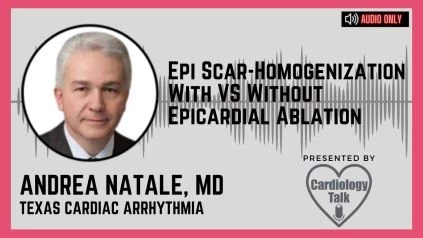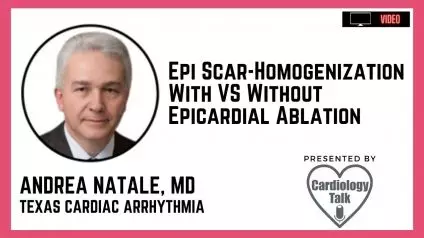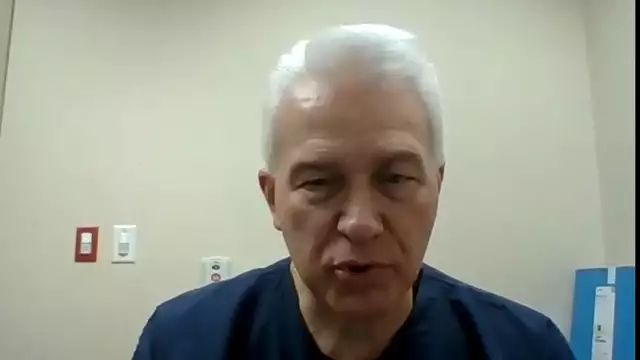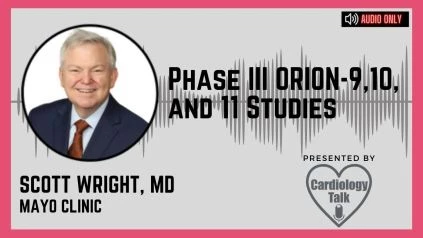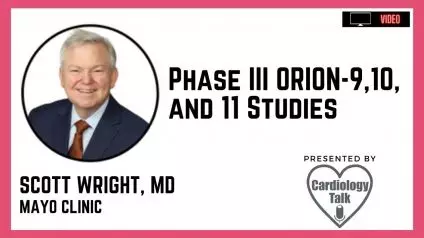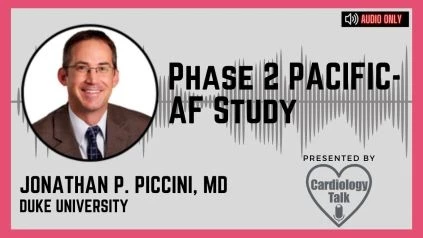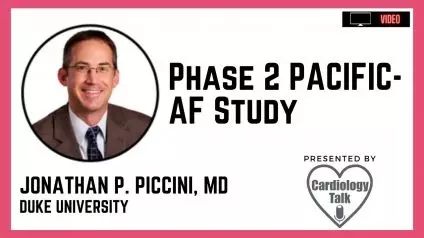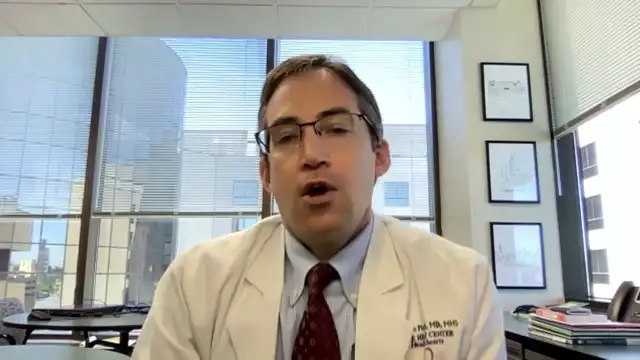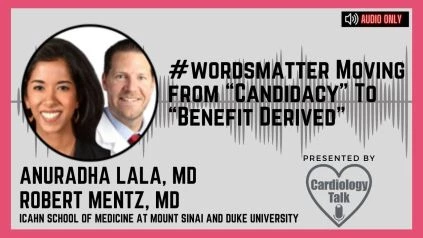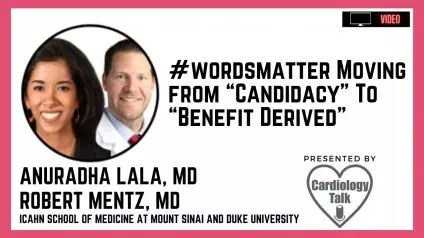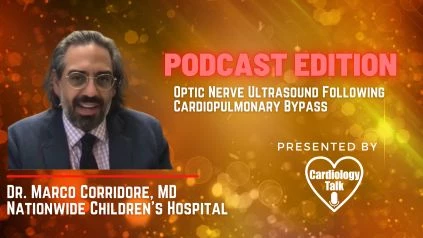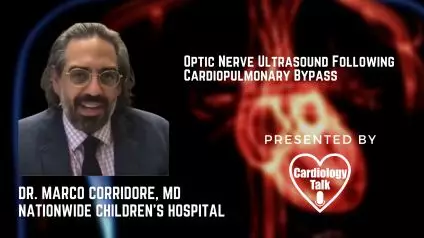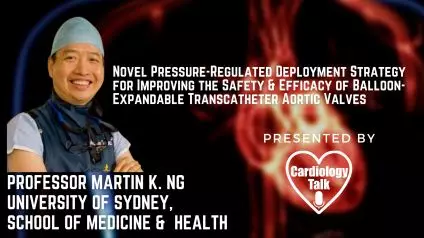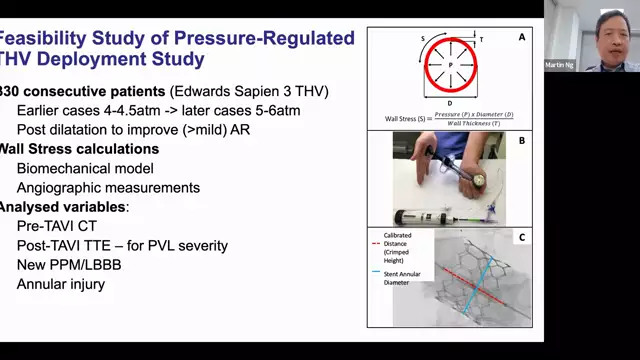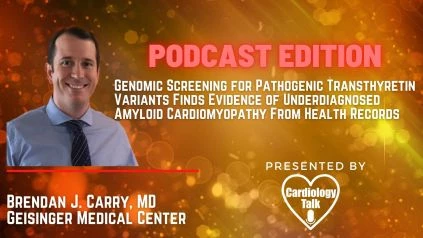What indicates serious aortic valve problems? – Dr. Pedro Catarino - Aortic Program at Cedars-Sinai
Dr. Pedro Catarino, Director of Aortic Surgery at Cedars-Sinai explains signs that indicate that an aortic valve issue has become a problem.
Learn more about the Aortic Program at Cedars-Sinai at https://ceda.rs/2RgzRkT
Learn more about Dr. Pedro Catarino at https://ceda.rs/3fNp5wy
Connect with us:
https://twitter.com/CedarsSinai
https://www.facebook.com/CedarsSinai
https://www.instagram.com/CedarsSinai
Cedars-Sinai is a leader in providing high-quality healthcare encompassing primary care, specialized medicine and research. Since 1902, Cedars-Sinai has evolved to meet the needs of one of the most diverse regions in the nation, setting standards in quality and innovative patient care, research, teaching and community service. Today, Cedars- Sinai is known for its national leadership in transforming healthcare for the benefit of patients. Cedars-Sinai impacts the future of healthcare by developing new approaches to treatment and educating tomorrow’s health professionals. Additionally, Cedars-Sinai demonstrates a commitment to the community through programs that improve the health of its most vulnerable residents.

